1. Singapore – The City in a Garden
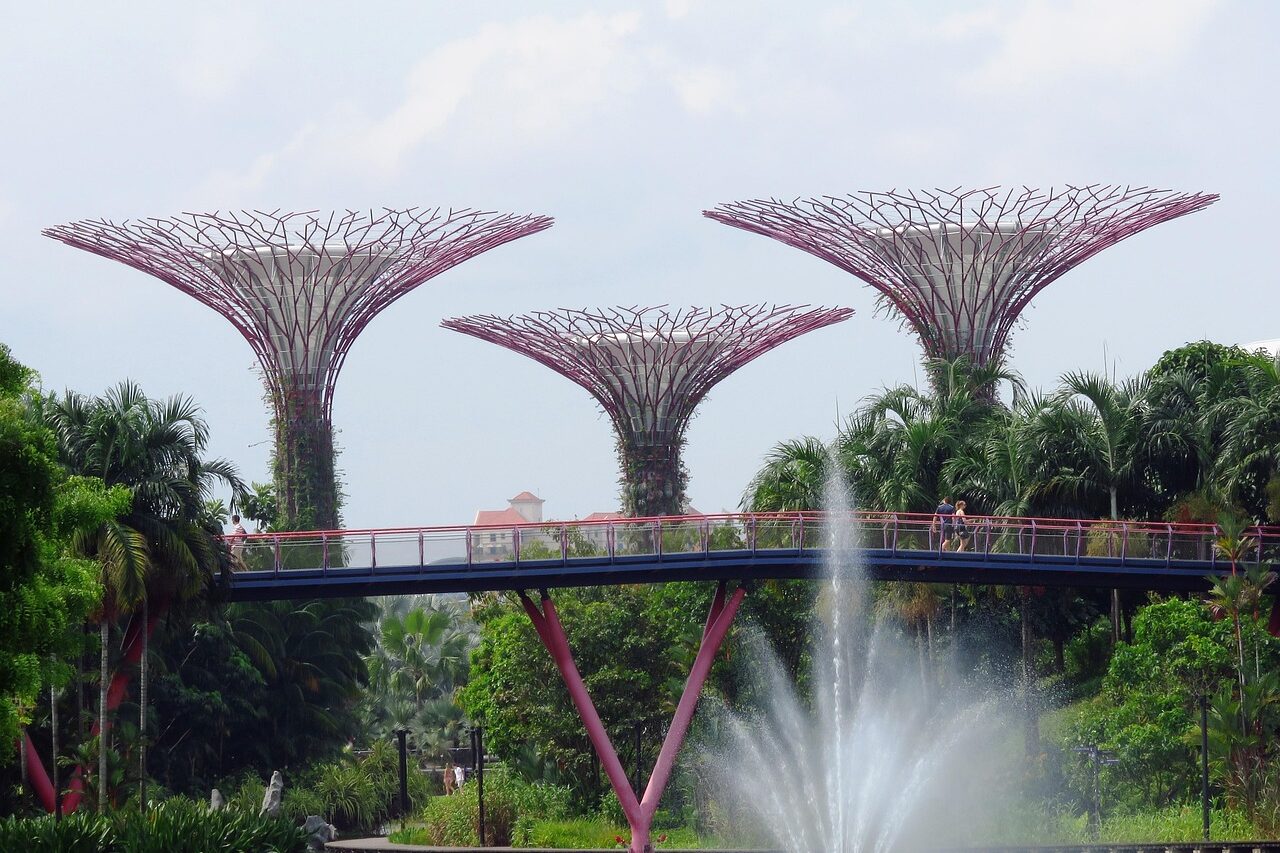
Singapore isn’t just a city with greenery; it’s a city designed around nature. Decades ago, urban planners decided that instead of pushing wildlife out, they would integrate it into the city’s fabric. Today, Singapore boasts an incredible network of green roofs, sky gardens, and nature corridors that allow wildlife—like otters, macaques, and hornbills—to thrive alongside humans. Even in the heart of downtown, it’s not unusual to see a family of smooth-coated otters swimming through the Marina Bay or a colugo gliding between trees in a residential park.
One of Singapore’s most remarkable efforts is its Eco-Link@BKE, a massive wildlife bridge that reconnects two major forest reserves split by a highway. This allows animals to move freely, reducing roadkill and ensuring genetic diversity in populations of native species. The city also has strict policies against unnecessary tree removal, requiring developers to replace any lost greenery. It’s a place where wildlife doesn’t just survive—it flourishes, making Singapore a model for cities worldwide looking to bring nature back into the urban environment.
2. Boulder, Colorado

Boulder sits right on the edge of the Rocky Mountains, so it’s no surprise that the city has its fair share of wildlife encounters. Rather than treating mountain lions, black bears, and coyotes as threats, Boulder has embraced a coexistence strategy rooted in education and prevention. The city’s Bear Aware program teaches residents how to secure trash and remove food sources, significantly reducing bear break-ins. Meanwhile, wildlife cameras track mountain lions’ movements, helping authorities understand their habits and warn residents when big cats are nearby.
Boulder’s open space and mountain parks are also designed to minimize human-wildlife conflict. Certain trails are closed during nesting or breeding seasons to give animals space, and underpasses allow wildlife to cross highways safely. Perhaps the most impressive part? Boulder’s residents support these efforts wholeheartedly. Instead of calling for animals to be removed, the city has fostered a culture where people respect and adapt to wildlife. It’s proof that even in a city teeming with large predators, coexistence is possible with the right mindset.
3. Amsterdam, Netherlands
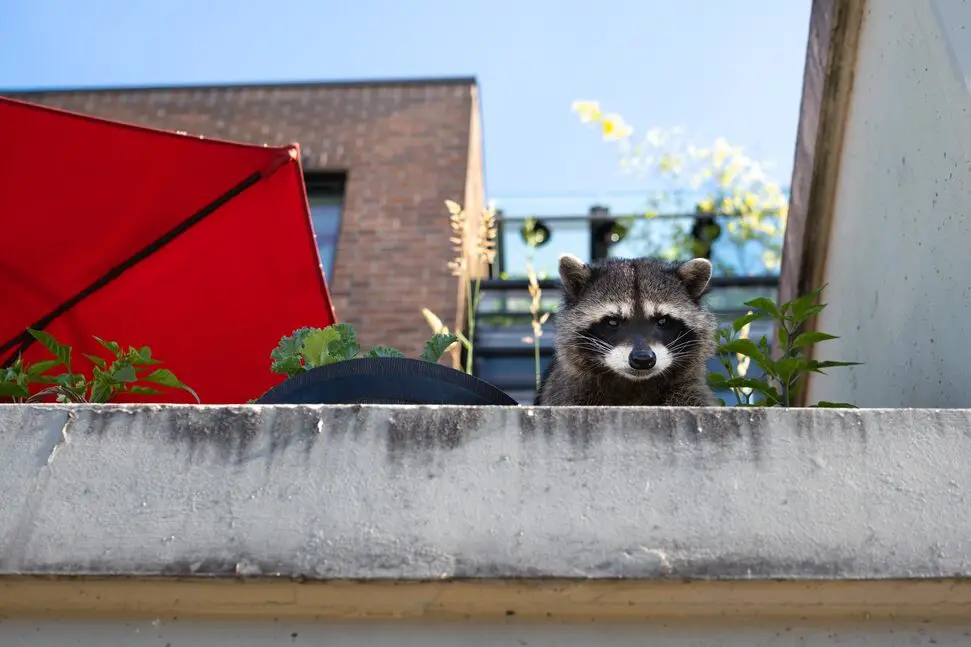
Amsterdam is famous for its canals, but they’re not just for boats and tourists. In recent years, the city has transformed its waterways into thriving habitats for urban wildlife. Beavers, kingfishers, and even otters have made a comeback, thanks to water-cleaning initiatives and the installation of floating gardens that provide shelter and food. These efforts have turned Amsterdam’s iconic canals into ecological lifelines, proving that even in a highly urbanized environment, nature can find a home.
One of the most unique programs is the city’s bat-friendly infrastructure. Bridges and old buildings have been retrofitted with hidden crevices designed as bat roosts, ensuring these vital pollinators and insect-eaters have places to live. Additionally, city planners prioritize “green-blue” infrastructure, meaning they incorporate both greenery and water systems into new developments. As a result, Amsterdam isn’t just coexisting with urban wildlife—it’s actively making space for it, turning an old European city into a modern environmental success story.
4. Melbourne, Australia
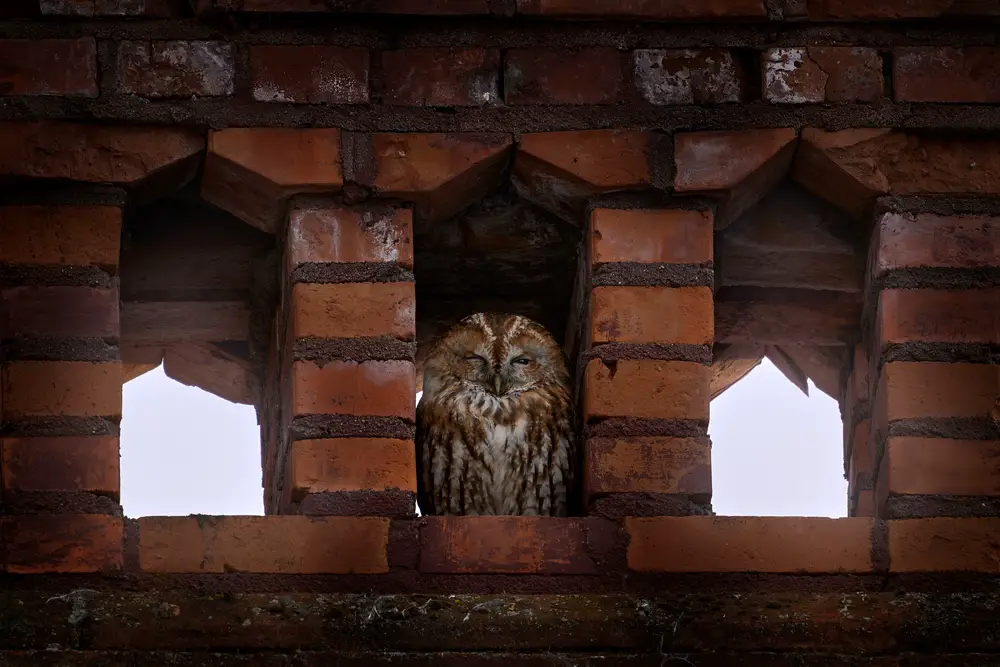
Melbourne’s streets are filled with a surprising array of wildlife, from rainbow lorikeets chattering in the trees to brushtail possums scampering across rooftops at night. Instead of trying to push these animals out, the city has adopted policies that make urban spaces friendlier for wildlife. One example is the installation of possum bridges—simple rope structures suspended across busy roads that allow possums to cross safely without getting hit by cars.
The city also takes bird conservation seriously, particularly when it comes to protecting its population of powerful owls, one of Australia’s largest raptors. Melbourne has made efforts to maintain old-growth trees in parks, ensuring these nocturnal predators have nesting sites. Community education programs encourage residents to plant native gardens that attract pollinators and small mammals, further blurring the line between the city and the natural world. Melbourne’s approach is refreshingly simple: instead of treating urban wildlife as a nuisance, it encourages people to embrace it as part of everyday life.
5. Vancouver, Canada
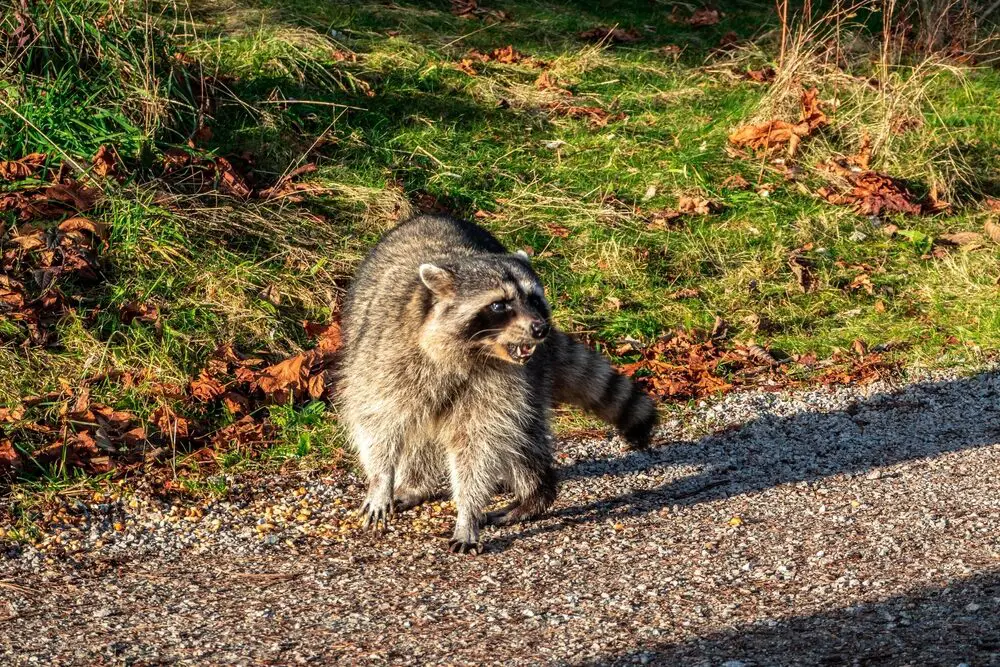
Vancouver’s natural beauty is undeniable, but what really sets it apart is how well it has integrated wildlife into city life. The city’s famous Stanley Park is home to beavers, raccoons, and even urban-dwelling coyotes that have adapted to living alongside humans. Instead of treating these animals as a problem, Vancouver has launched public education campaigns that teach residents how to safely coexist with them. The Stanley Park Ecology Society even runs a “Co-Existing with Coyotes” program, which educates the public on avoiding conflicts and understanding coyote behavior.
The city has also made efforts to support marine wildlife. Harbor seals, once in decline, are now a common sight in Vancouver’s waterways thanks to conservation efforts that have improved water quality and fish populations. In addition, the city is experimenting with “eco-shorelines,” which replace concrete seawalls with naturalized shorelines that support biodiversity. From land to sea, Vancouver is proving that a major metropolis can be both a thriving urban center and a sanctuary for wildlife.
6. Berlin, Germany
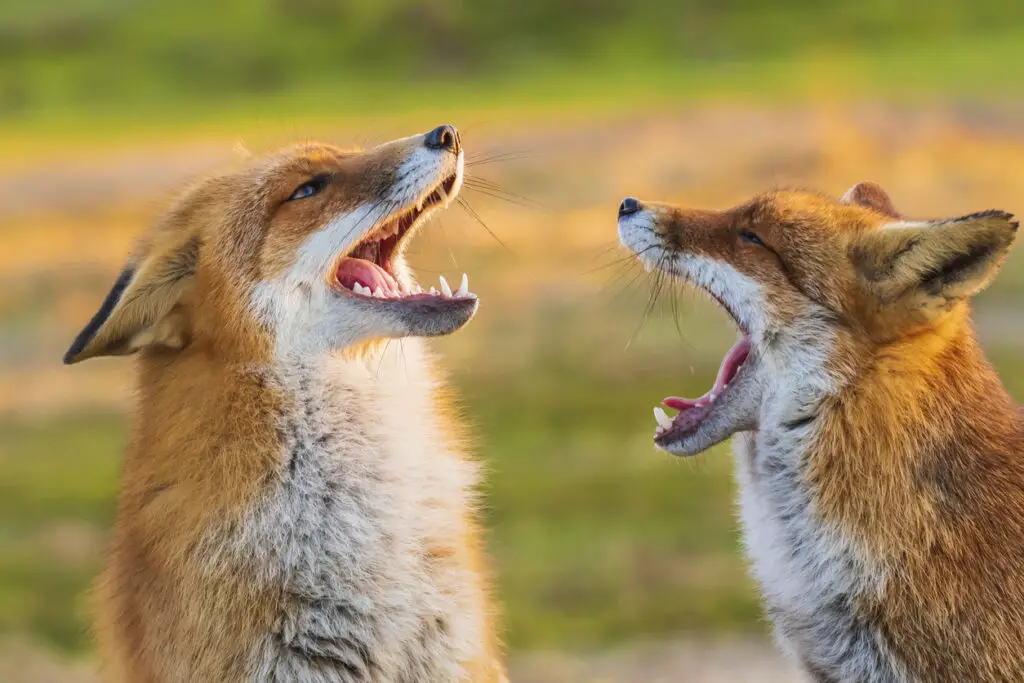
Berlin is famous for its vibrant culture, but it’s also one of the best cities in Europe for urban wildlife. Red foxes roam freely through parks and residential neighborhoods, often seen trotting down streets as if they own the place. Instead of treating them as pests, Berliners have accepted foxes as part of the city’s identity. These adaptable creatures even dig dens in public green spaces, raising their young right in the middle of the urban sprawl.
Wild boars are another surprising resident, particularly in Berlin’s outskirts. While they can sometimes cause trouble by rooting through gardens, the city has implemented controlled management programs to prevent overpopulation. Educating residents on how to avoid conflicts has helped keep interactions mostly peaceful. Berlin’s approach isn’t about eliminating wildlife—it’s about adjusting city life to allow nature to thrive, proving that even a bustling capital can be a home for wild creatures.
Click here for more stories like this
7. São Paulo, Brazil
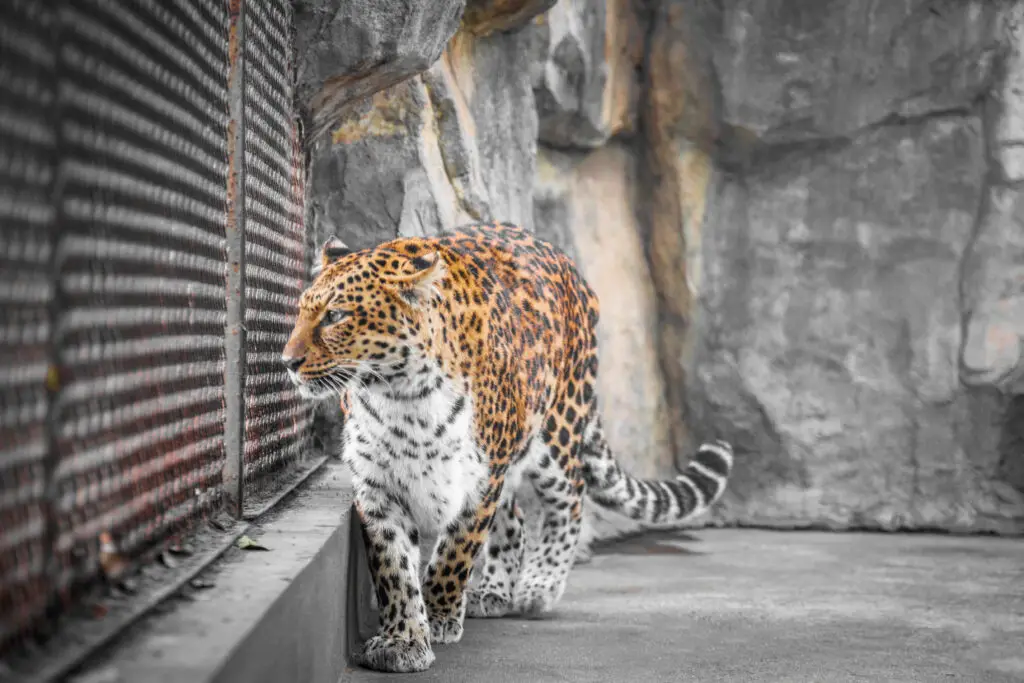
São Paulo might be one of the most densely populated cities in South America, but it’s also home to an incredible range of wildlife, including small monkeys, giant anteaters, and even jaguars. The city’s Cantareira State Park is a critical refuge for these animals, and authorities have gone to great lengths to ensure that urban development doesn’t cut off their access to green spaces. Wildlife corridors have been created to help animals safely navigate between different habitats without crossing dangerous roads.
To protect its iconic jaguar population, São Paulo has developed tracking and conservation programs that monitor their movement. These efforts help researchers understand how big cats coexist with urban environments, providing insights that could benefit other cities facing similar challenges. São Paulo’s conservation strategy shows that even a megacity can prioritize wildlife protection without slowing down progress.
8. San Francisco, California
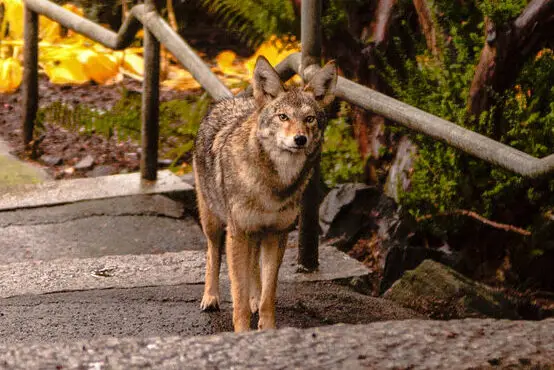
San Francisco has seen a remarkable comeback of urban coyotes, an animal that was nearly wiped out from the city in the early 20th century. Rather than removing them, the city has focused on peaceful coexistence by educating residents on how to behave around these intelligent canines. Signs in parks and public spaces provide guidance on what to do if you encounter a coyote, helping prevent unnecessary conflicts.
The city has also taken steps to protect its famous sea lions at Pier 39. When these playful marine mammals first arrived in the 1980s, businesses wanted them gone. But over time, they became one of San Francisco’s biggest attractions, and now they’re fully protected by local laws. The city’s ability to embrace its unexpected wildlife residents—both on land and in the water—sets an example for urban areas around the world.
9. London, England
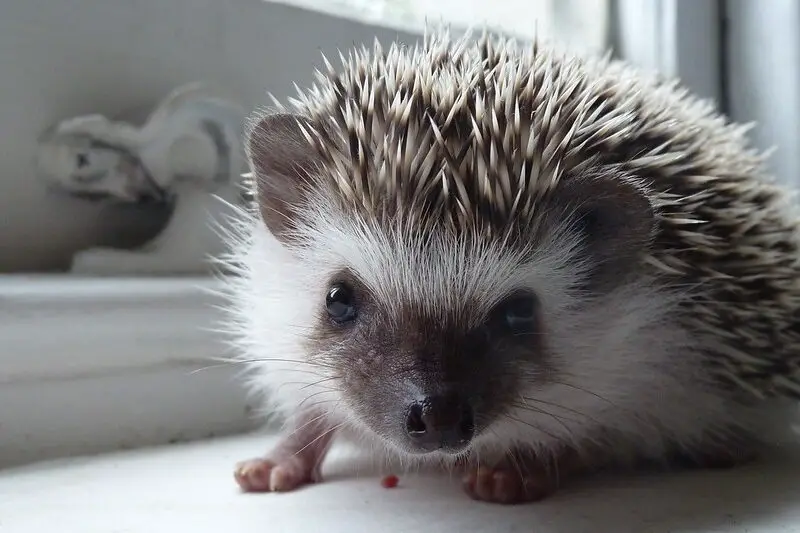
London is one of the few major cities actively working to protect its hedgehog population. With urban development threatening these tiny creatures, conservation groups and city planners have created “hedgehog highways”—small holes in fences that allow hedgehogs to move freely between gardens and parks without being trapped. These simple but effective solutions have helped hedgehog numbers rebound in areas where they were once disappearing.
Beyond hedgehogs, London has also made efforts to support its diverse bird population. Special nesting sites have been installed for swifts and peregrine falcons, ensuring that even high-rise buildings can serve as habitats. London proves that even in one of the busiest cities in the world, wildlife can find its place with a little thoughtful planning.
10. Cape Town, South Africa
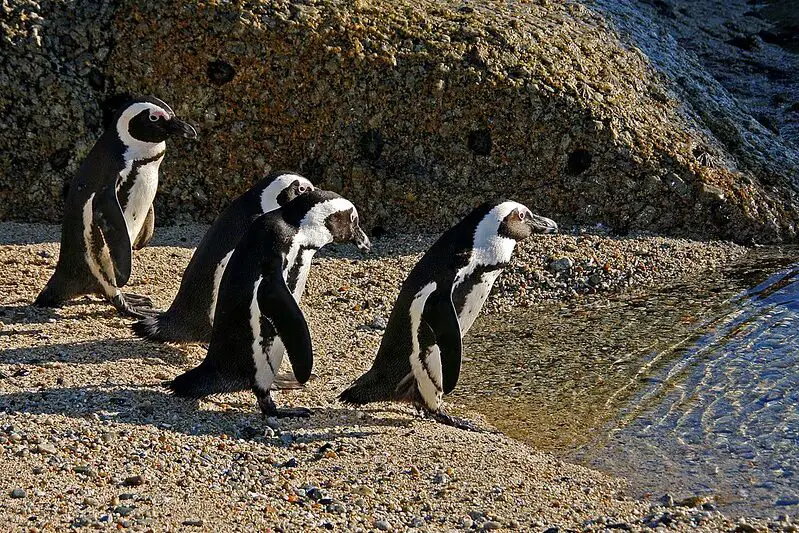
Cape Town’s Boulders Beach is famous for its colony of African penguins, a species that has faced major population declines due to habitat loss and climate change. Instead of pushing these birds out, the city has created dedicated penguin-friendly zones, complete with boardwalks that allow tourists to observe them without disturbing their nesting sites. Conservationists also monitor penguins closely, ensuring they have enough food and protection from urban threats.
Beyond the penguins, Cape Town has embraced its status as a wildlife-rich city. The surrounding Table Mountain National Park provides a home for caracals—small wild cats that have adapted surprisingly well to urban environments. With strategic planning, Cape Town has managed to balance tourism, city life, and conservation, proving that humans and wildlife can share even the most scenic spaces.
11. Tokyo, Japan

Most cities see crows as a nuisance, but Tokyo has found a way to live with its clever feathered residents. Recognizing that crows were thriving because of easily accessible trash, the city revamped its waste management system, making it harder for birds to scavenge through garbage. Instead of mass extermination, Tokyo focused on reducing the factors that encouraged crows to flock to urban areas.
The city has also introduced designated green spaces where crows—and other birds—can thrive naturally. By taking a balanced approach, Tokyo has turned what could have been a constant conflict into a well-managed relationship between humans and one of the world’s smartest birds.
12. Wellington, New Zealand
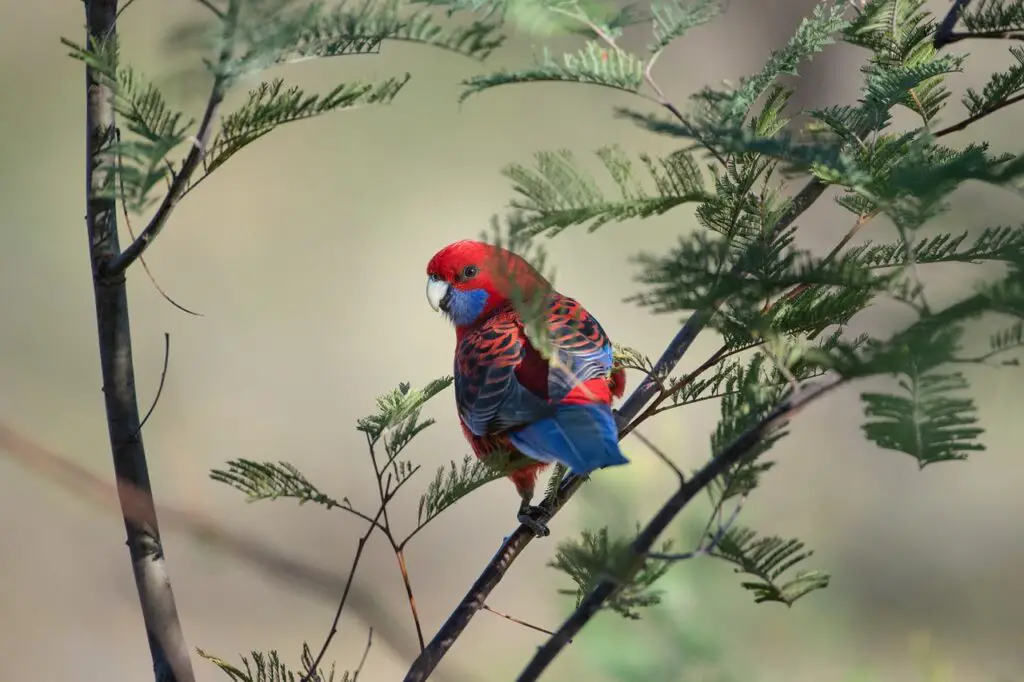
Wellington is leading one of the world’s most ambitious urban rewilding projects, focusing on bringing native birds back to the city. Thanks to the creation of Zealandia, a massive predator-free sanctuary within the city, species like the kaka (a native parrot) and the rare little spotted kiwi have started making a comeback. The project has been so successful that these birds are now seen in neighborhoods, something that was unheard of a few decades ago.
Wellington’s approach doesn’t stop at conservation—it actively engages the community. Residents participate in backyard bird counts, plant native trees, and support efforts to remove invasive species. The city’s transformation from a place where native wildlife was disappearing to a thriving urban ecosystem is proof that dedicated conservation can make a difference.
13. New York City, New York

New York City might seem like an unlikely candidate for wildlife conservation, but the Big Apple has quietly become a hotspot for urban ecology. The city’s parks—especially Central Park—serve as crucial stopovers for migrating birds, drawing birdwatchers from all over the world. Red-tailed hawks and peregrine falcons now nest on skyscrapers, adapting to the urban landscape in remarkable ways.
New York has also seen a resurgence of beavers, a species once completely wiped out from the region. Through habitat restoration efforts along the Bronx River, beavers have returned, playing a crucial role in improving water quality. NYC proves that even the most densely populated cities can find ways to make room for wildlife, embracing the unexpected and redefining what an urban environment can be.
These cities are showing the world that human progress and nature don’t have to be at odds. By rethinking how we build and live in urban spaces, they’re proving that the future of cities doesn’t just belong to people—it belongs to wildlife too.


